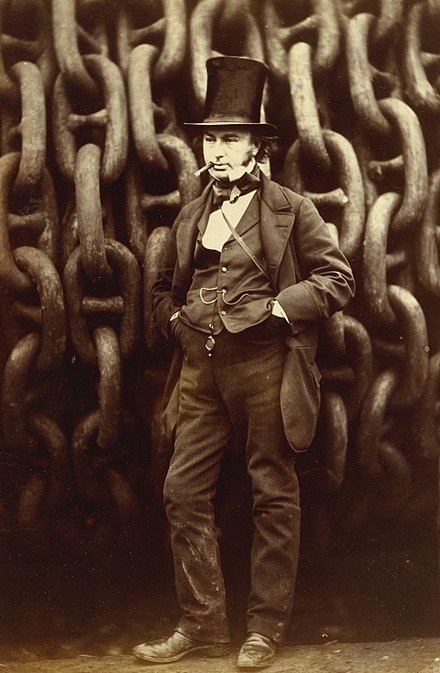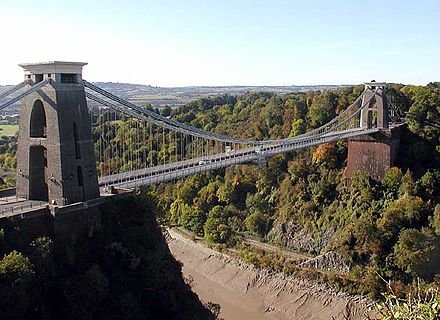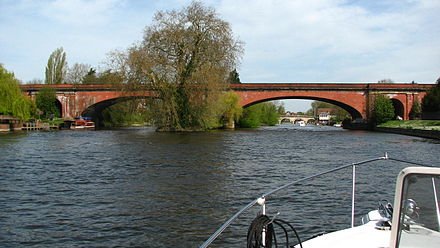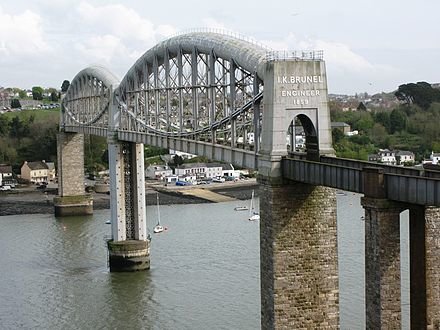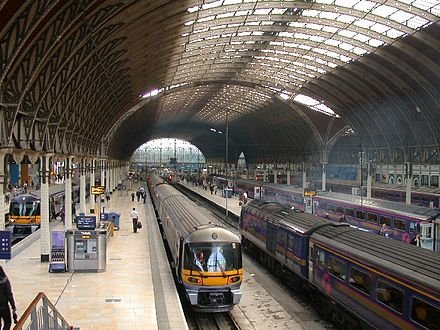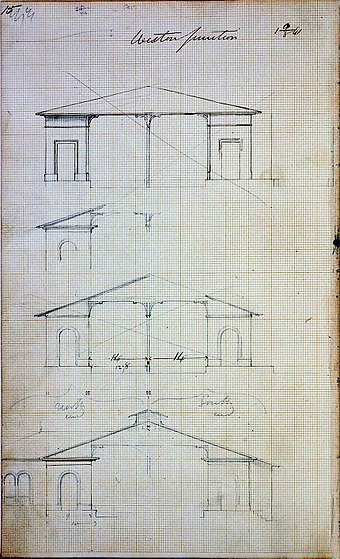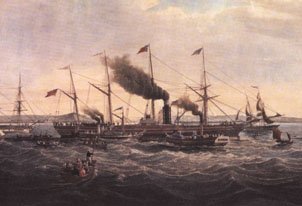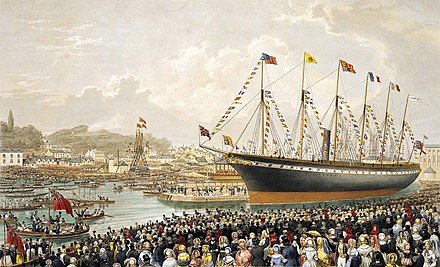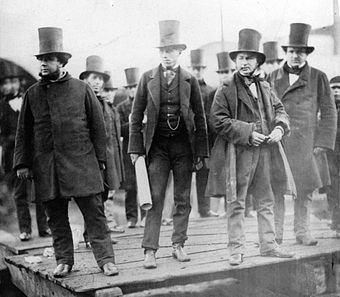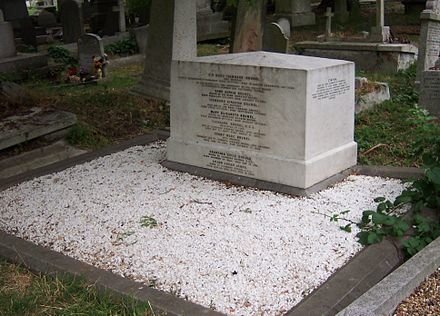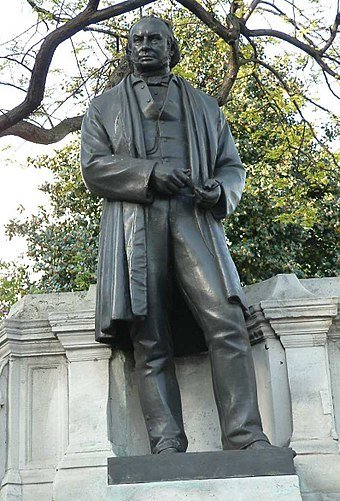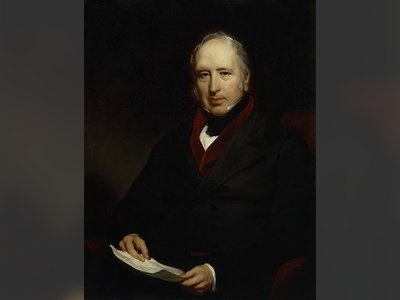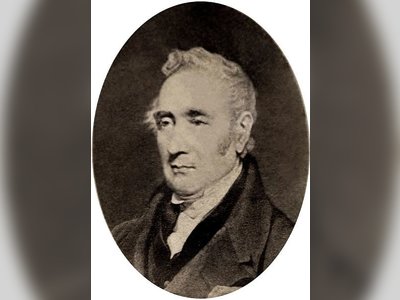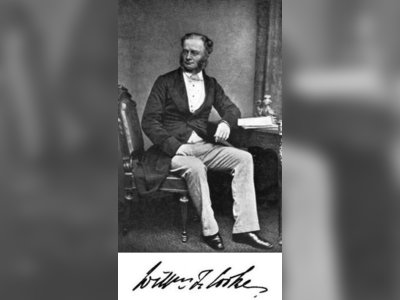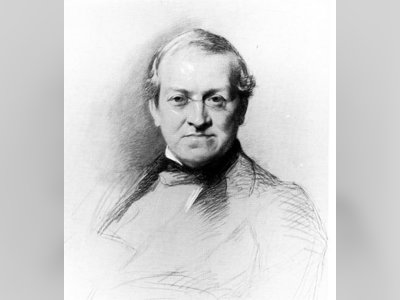British Heritage
Remember, Cherish, Learn.
beta
Isambard Kingdom Brunel
A Pioneer in Engineering and Innovation.
Contribution to British Heritage
Isambard Kingdom Brunel, the celebrated English civil engineer, left an indelible mark on British heritage through his pioneering engineering projects that shaped the landscape and transformed transportation during the 19th century. Often regarded as one of the most ingenious and prolific figures in engineering history, Brunel's legacy is defined by groundbreaking designs, ingenious constructions, and his immense contribution to the Industrial Revolution.
Brunel's innovative achievements in railway construction, shipbuilding, and bridge design revolutionized public transport and modern engineering. His vision and determination were instrumental in establishing the Great Western Railway (GWR), which became one of the wonders of Victorian Britain, connecting London to Bristol and eventually Exeter. Brunel's commitment to excellence and insistence on high standards set new benchmarks for railway engineering, leading to the construction of impressive viaducts, bridges, and tunnels, including the famous Box Tunnel.
Beyond railways, Brunel's ventures extended to shipbuilding, where he designed and built remarkable vessels that showcased his expertise in naval engineering. He achieved the remarkable feat of constructing the first propeller-driven, ocean-going iron ship, the SS Great Britain, and later, the SS Great Eastern, which was the largest ship in the world at the time of its launch. These ships revolutionized maritime technology and set new standards for transatlantic travel, enhancing British maritime heritage.
Furthermore, Brunel's contribution to the field of hospital design during the Crimean War exhibited his dedication to humanitarian causes. He swiftly designed and constructed pre-fabricated hospitals that provided better sanitation and medical care for injured soldiers, saving numerous lives. His innovative approach to hospital design influenced modern healthcare architecture and stands as a testament to his versatility as an engineer.
Success and Achievements
Isambard Kingdom Brunel's achievements were numerous and far-reaching, reflecting his exceptional talent and versatility as an engineer. Among his most notable successes were the construction of the Thames Tunnel, the first tunnel under a navigable river, which opened in 1843. Additionally, his work on the GWR, especially the creation of the broad gauge railway track, showcased his engineering acumen and desire for improved efficiency in transport.
His involvement in shipbuilding produced iconic vessels such as the SS Great Britain, the first iron-hulled, propeller-driven ocean-going ship. Its successful voyage across the Atlantic in 1845 demonstrated the viability of transatlantic steamship travel, earning Brunel international acclaim. The SS Great Eastern, another remarkable feat of engineering, became the largest ship in the world during its time and played a significant role in laying the first transatlantic telegraph cable, furthering global communication.
The Clifton Suspension Bridge, a masterpiece of engineering that spans the River Avon, stands as a symbol of Brunel's architectural brilliance. Although Brunel passed away before the bridge's completion, its enduring presence remains a testament to his exceptional vision and expertise.
Furthermore, Brunel's pioneering use of wood and prefabricated modules in hospital construction during the Crimean War showcased his ingenuity in adapting engineering principles to address humanitarian challenges.
General Information
Isambard Kingdom Brunel was born on April 9, 1806, in Britain Street, Portsea, Portsmouth, Hampshire. His father, Sir Marc Isambard Brunel, was a French civil engineer, and his English mother, Sophia Kingdom, instilled a love for art and learning in him from an early age.
Brunel's engineering career began with his involvement in the Thames Tunnel project, where he gained valuable experience in underground construction. Later, as the chief engineer of the Great Western Railway, he set new standards in railway engineering and transportation. His dedication to innovation and high-quality construction resulted in the successful completion of various bridges, tunnels, and viaducts that continue to serve the nation to this day.
Brunel's passion for maritime engineering led him to design and build remarkable ships, which included the groundbreaking SS Great Britain and the ambitious SS Great Eastern. Both ships contributed significantly to the advancement of maritime technology and furthered Britain's reputation as a maritime powerhouse.
His involvement in the Crimean War showcased his humanitarian side, as he quickly designed and built prefabricated hospitals to improve the living conditions and healthcare of injured soldiers.
Isambard Kingdom Brunel passed away on September 15, 1859, at the age of 53, leaving behind a rich legacy of engineering achievements that continue to inspire generations of engineers and architects. His exceptional vision, innovative spirit, and commitment to excellence forever transformed the face of British infrastructure, and his contributions to railway and maritime technology remain an integral part of British heritage.
Brunel's remarkable career and lasting impact on engineering and architecture have earned him enduring recognition as one of Britain's greatest figures of the 19th century and a true giant of the Industrial Revolution. His memory is celebrated through numerous monuments, statues, and institutions across the country, ensuring that his remarkable achievements are forever ingrained in the nation's history. As the British public continues to honor his legacy, Brunel's name will remain synonymous with innovation, engineering brilliance, and a profound commitment to advancing the world through visionary thinking and groundbreaking construction.
- Isambard Kingdom Brunelen.wikipedia.org

